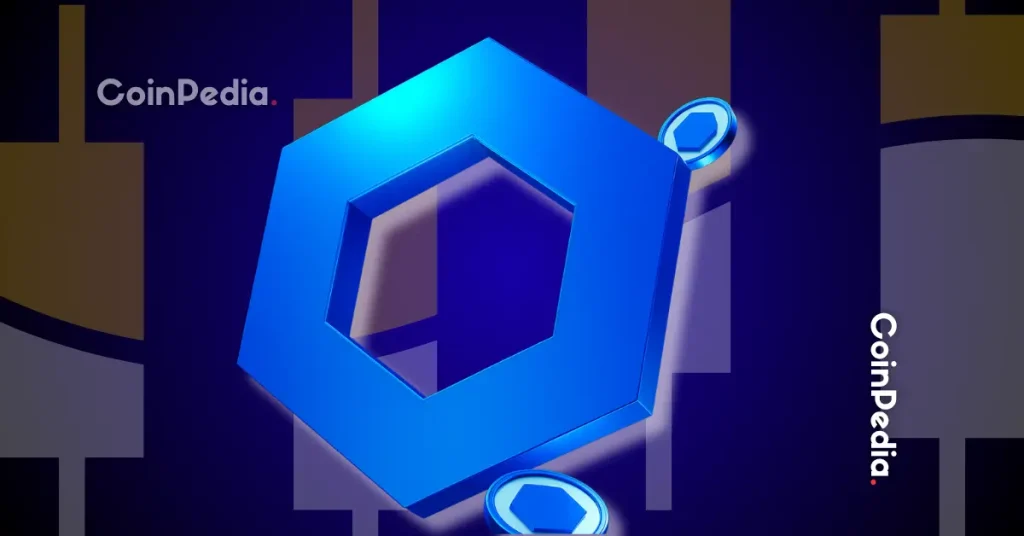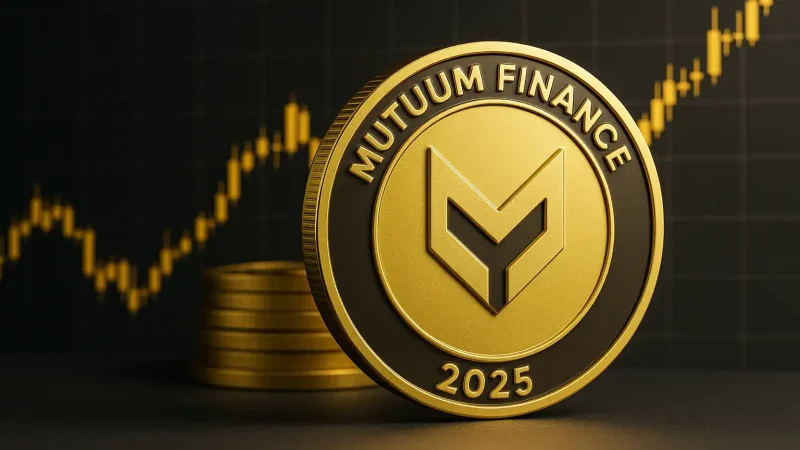In a landmark moment for decentralized finance and traditional banking convergence, UBS has completed the world’s first live, end-to-end tokenized fund transaction leveraging Chainlink’s Digital Transfer Agent (DTA) standard. The Swiss-based financial giant used Chainlink infrastructure to process fund subscriptions and redemptions entirely on-chain, marking a decisive leap toward institutional blockchain adoption. This achievement could dramatically reshape how capital markets operate—introducing speed, security, and automation into a system often burdened by legacy technologies.

World’s First Live Blockchain-Based Fund Workflow
The transaction involved uMINT, UBS’s USD Money Market Investment Fund Token, built on the Ethereum blockchain. UBS collaborated with DigiFT, an on-chain financial services platform, to distribute the fund using Chainlink’s DTA. The process enabled end-to-end automation—from fund order request to confirmation and redemption—bringing unprecedented operational efficiency to fund lifecycle management.
By using a blockchain-enabled infrastructure, UBS and Chainlink have streamlined activities that traditionally require multiple intermediaries and days to complete. The system ensures complete data synchronization between blockchain and legacy systems, allowing financial institutions to maintain compliance and oversight without compromising on speed or transparency.
Industry Experts See a Paradigm Shift in Asset Management
Mike Dargan, UBS’s Group Chief Operations and Technology Officer, emphasized the significance of the development, saying, “This transaction represents a key milestone in how smart contract-based technologies and technical standards enhance fund operations and the investor experience.” His remarks underscore a deeper industry trend: the slow but certain migration of heavyweight financial processes onto permissioned and public blockchains.
Notably, Chainlink CEO Sergey Nazarov interpreted the event as a pivotal chapter in finance’s digital transformation. He said the successful collaboration demonstrates a scalable, secure, and compliant framework for on-chain workflows—one that could become foundational for the next generation of institutional finance. “This enables secure, compliant, and scalable end-to-end workflows for tokenized assets, setting a new benchmark for institutional finance on-chain,” Nazarov noted.
Covering the Full Lifecycle — Not Just a Proof of Concept
Often, blockchain pilots in traditional finance are restricted to isolated tests or non-production environments. What differentiates this transaction is its completeness. The blockchain-powered flow covered every phase of the investment cycle—order placement, execution, settlement, and reconciliation—executed in real-world conditions. This operationalization provides hard proof that financial services can gain significant efficiencies from adopting decentralized infrastructure at scale.
As UBS processed its transaction, Chainlink’s middleware layer ensured connectivity between on-chain activity and off-chain databases or compliance systems. This critical bridge put to rest one of the longstanding concerns with decentralization: the risk of disconnecting from regulatory and operational oversight.
Wider Tokenization Trends Accelerate
This isn’t UBS and Chainlink’s first dance with tokenization. It follows an earlier partnership where Chainlink integrated with Swift to enable secure on-chain communications between banks and tokenized asset platforms. UBS’s in-house “UBS Tokenize” unit played a significant role in refining this model, signaling the bank’s long-term conviction in blockchain for fund management.
More broadly, the transaction arrives amid rising institutional curiosity in tokenized assets. From private equity to real estate, legacy players are exploring ways to fractionalize and automate asset ownership via public chains like Ethereum. Chainlink’s growing involvement, particularly with its cross-chain interoperability protocols, places it in a central role as this financial migration unrolls.
From Pilot to Standard: The Future of On-Chain Funds
While the UBS-Chainlink initiative marks a substantial advancement, it also sets the stage for a new era in fund structuring. With increasing regulatory clarity in jurisdictions like Europe and Asia, tokenized fund vehicles might soon be not the exception, but the norm. Chainlink’s DTA standard—which allows smart contracts to automate fund rules, participant verification, and reconciliation—could become a backbone of institutional DeFi infrastructure.
Whether this milestone accelerates tokenization universally remains to be seen. But it clearly presents the model: a regulated entity works within its framework, uses public blockchain rails securely, and manages legacy integration in parallel. This hybrid approach delivers both innovation and compliance—something the finance sector has waited years to see in production.





